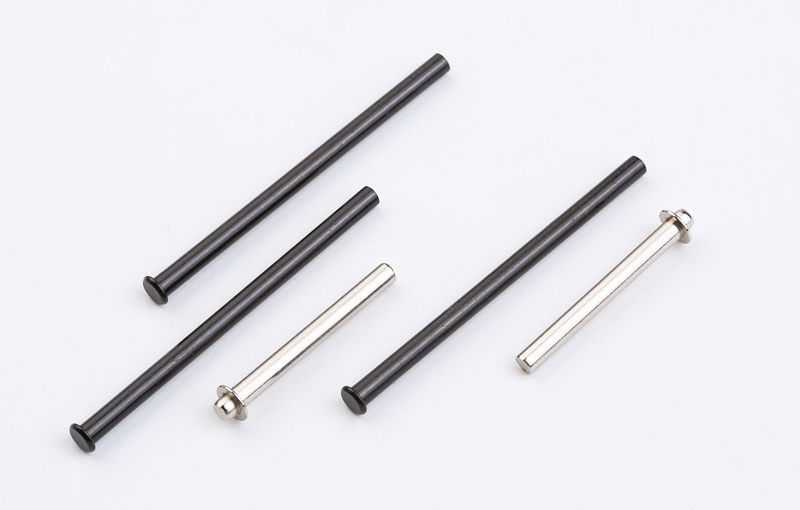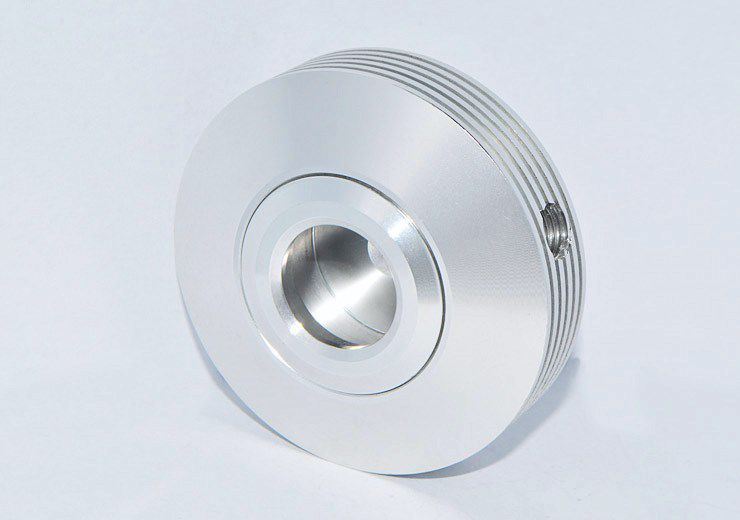In CNC lathe machining, aluminum parts have unique requirements for speed and feed settings due to their soft texture, good plasticity, and tendency to stick to tools. Reasonable parameters are key to ensuring efficiency, improving surface quality, and extending tool life. The adjustment process is not fixed but an "art" that requires comprehensive consideration of multiple factors.
Core Principle: High Speed, Fast Feed, Heavy Depth of Cut
Aluminum has much lower strength and hardness than steel, which means machine tools can withstand higher cutting loads. Therefore, the core idea for aluminum machining is to make full use of its characteristics: adopt high spindle speed, relatively fast feed rate, and deep cutting depth. High speed achieves good chip breaking effect, reduces the formation of built-up edges, and thus obtains a smooth machined surface; fast feed and heavy depth of cut maximize machine tool performance and achieve efficient material removal.

Fine Adjustment of Spindle Speed
Spindle speed setting mainly depends on workpiece diameter, tool material, and cooling method. For aluminum alloys, cemented carbide or diamond tools are usually used. When the diameter is small (e.g., below Φ50mm) and cooling is sufficient, the speed can be set to 1500-3000r/min or even higher. The basic principle is: the smaller the diameter, the higher the speed should be. However, it should be noted that excessively high speed may cause workpiece vibration due to centrifugal force (affecting accuracy) or overheating and melting of aluminum chips (which adhere to the tool edge). Therefore, the speed should be increased as much as possible under the premise of ensuring stability.
Coordinated Matching of Feed Rate
Feed rate (F value) is directly related to machining efficiency and surface roughness. It complements spindle speed: high speed needs to be matched with fast feed; otherwise, the tool will rub at the same position instead of cutting, leading to workpiece overheating and tool sticking. For finish machining, to improve surface quality, higher speed can be used with smaller feed rate; for rough machining, under the allowable range of machine power and rigidity, heavy depth of cut and fast feed can be adopted to quickly remove allowances.

Fine Tuning in Practice
Theory is the foundation, while practical fine tuning is the essence. Operators need to closely observe chip morphology: ideal silver "C"-shaped chips indicate reasonable parameters; if long strip-shaped tangled chips appear, speed or feed rate should be increased; if powdery chips appear, the feed rate may be too small. At the same time, listen to the cutting sound: a steady and clear sound is ideal; if there is a harsh scream or dull sound, it is necessary to check whether the parameters are inappropriate.
In conclusion, parameter adjustment for aluminum machining is a process of dynamic balance. Based on understanding the core principles, operators should combine machine tool status, tool performance, and specific process requirements, and find the optimal set of parameters through observation and testing. Only in this way can they handle aluminum machining with ease and achieve high-quality and efficient production.